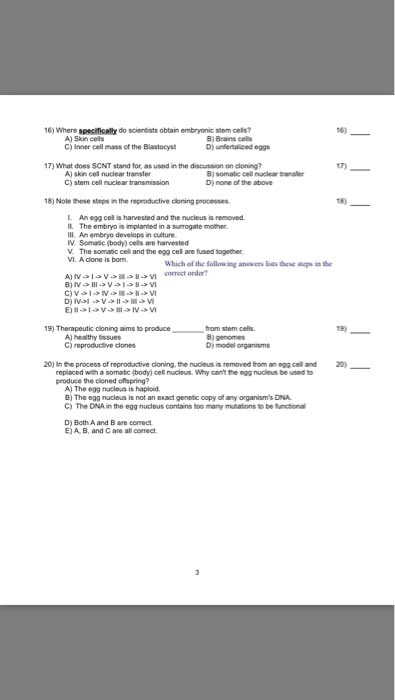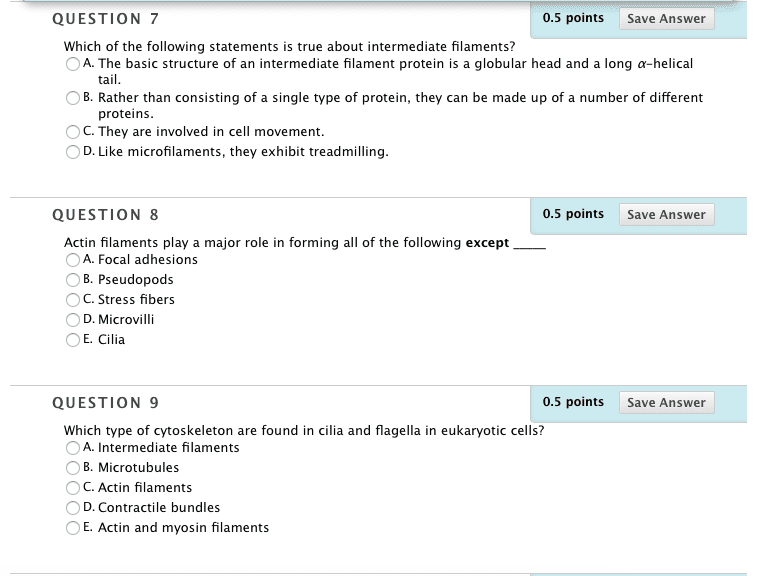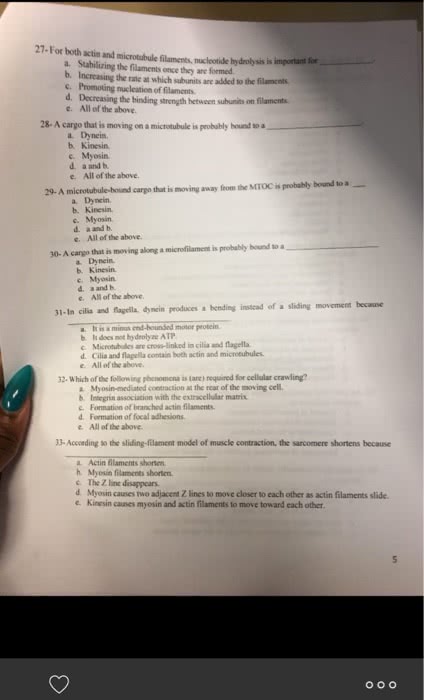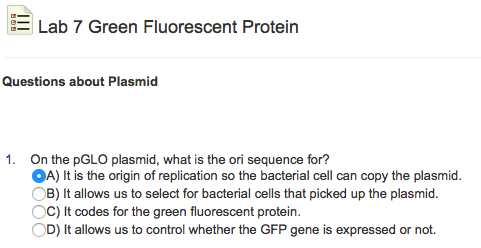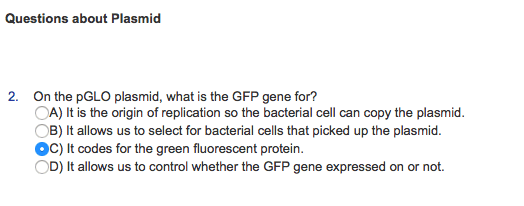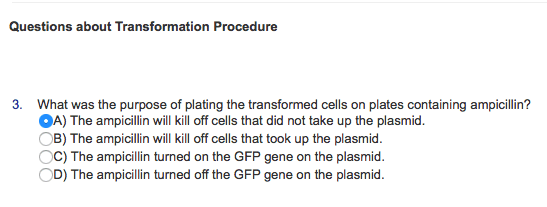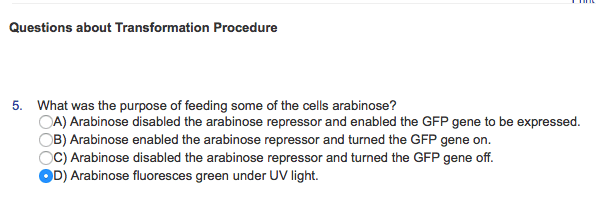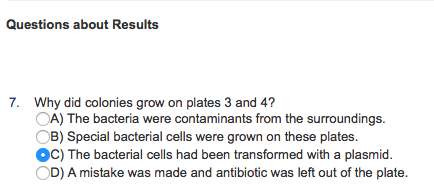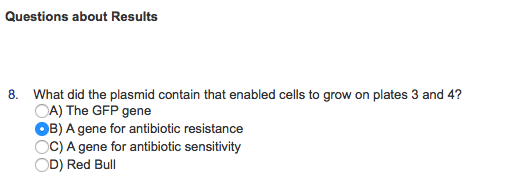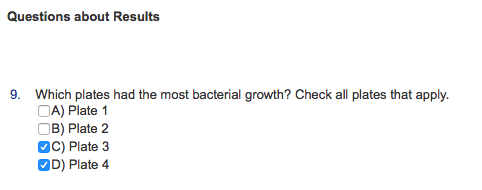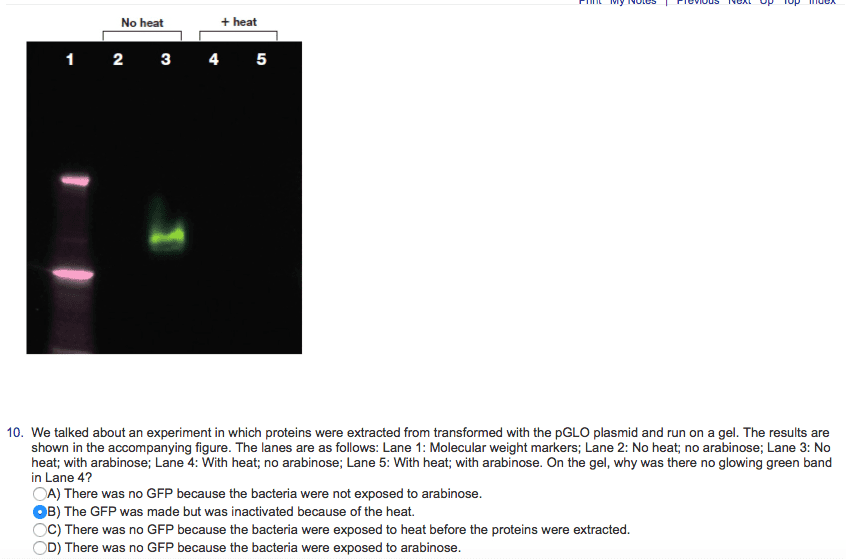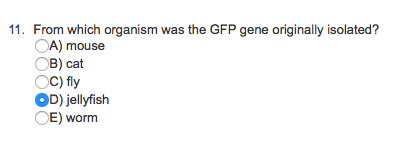dcht24111997
University of the Sciences
2 Followers
18 Following
2 Helped
dcht24111997Lv10
8 May 2023
Answer:
dcht24111997Lv10
3 May 2023
Answer: D
dcht24111997Lv10
3 May 2023
Answer: B
dcht24111997Lv10
3 May 2023
Answer: A
dcht24111997Lv10
3 May 2023
Answer: C
dcht24111997Lv10
3 May 2023
Answer: D
dcht24111997Lv10
3 May 2023
Answer: C
dcht24111997Lv10
3 May 2023
Answer: A
dcht24111997Lv10
3 May 2023
Answer: A
dcht24111997Lv10
3 May 2023
Answer: C
dcht24111997Lv10
3 May 2023
Answer: B
dcht24111997Lv10
3 May 2023
Answer: B
dcht24111997Lv10
3 May 2023
Answer: D
dcht24111997Lv10
3 May 2023
Answer: D
dcht24111997Lv10
3 May 2023
Answer: C
dcht24111997Lv10
3 May 2023
Answer: A
dcht24111997Lv10
3 May 2023
Answer: C
dcht24111997Lv10
3 May 2023
Answer: D
dcht24111997Lv10
3 May 2023
Answer: C
dcht24111997Lv10
3 May 2023
Answer: D
dcht24111997Lv10
3 May 2023
Answer: D
dcht24111997Lv10
3 May 2023
Answer: D
dcht24111997Lv10
3 May 2023
Answer: C
dcht24111997Lv10
3 May 2023
Answer: D
dcht24111997Lv10
3 May 2023
Answer: B
dcht24111997Lv10
3 May 2023
Answer: B
dcht24111997Lv10
3 May 2023
Answer: F
dcht24111997Lv10
3 May 2023
Answer: F
dcht24111997Lv10
3 May 2023
Answer: F
dcht24111997Lv10
3 May 2023
Answer: T
dcht24111997Lv10
3 May 2023
Answer: T
dcht24111997Lv10
3 May 2023
Answer: C
dcht24111997Lv10
3 May 2023
Answer: A
dcht24111997Lv10
3 May 2023
Answer: D
dcht24111997Lv10
3 May 2023
Answer: A
dcht24111997Lv10
3 May 2023
Answer: B
dcht24111997Lv10
3 May 2023
Answer: F
| 1. | Whichof the following factors are all biotic? | ||||||||||
|
| 2. | Whichof the following groups would be the subject for populationecology? | ||||||||||||||||||||||||||||||||||||||||||||||||||||||||
|
dcht24111997Lv10
3 May 2023
Answer: A
dcht24111997Lv10
3 May 2023
Answer: C
dcht24111997Lv10
3 May 2023
Answer: C
